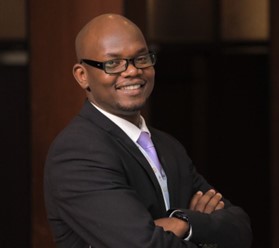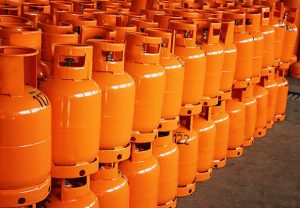

One of the global aspirations is to achieve universal access to affordable and clean energy for all by 2030. This is embedded in the United Nations Sustainable Development Goal 7, but five years from the deadline, the reality is far from ideal. We still have more than 750 million people globally without access to electricity and over 2.3 billion without access to clean cooking solutions. At least 40% of those without clean cooking solutions are in Africa. For a continent of 1.5 billon people, the number of people in Africa without clean cooking solution spells an acute problem. This is why finding a solution to this challenge requires urgent and proven intervention rather than progressive experimentation.
Despite population growth outpacing clean cooking access, data from Sub-Saharan Africa shows that 90% of clean cooking interventions between 2018 and 2023 came from the use of Liquefied Petroleum Gas (LPG). This is not unique to Africa because approximately 70% of all countries that gained access to clean cooking since 2010 did so through LPG. A good example of unprecedented success story is India which increased LPG penetration from just over 60% to 99% by 2021 in only five years through the direct benefit transfer scheme which ensured LPG support goes to households who needed it the most. This contributed significantly to the 64% access rate to clean cooking solution in India.
It goes without say that Africa has abundant gas reserves but the per capita consumption of LPG for a population of 1.2m people in sub-Saharan Africa is about 4 kg which is far below most of the developing regions like Latin America where consumption is estimated at 30 kg per capita. Even at the pace of India’s growth, the per capita consumption will only grow to about 10kg by 2030. Whereas this may still be low compared to other regions, it will be a significant boost to clean cooking whose achievement requires deliberate intervention by all countries through targeted investment and regulatory best practices as seen in some countries like Kenya, Ghana, Angola, Nigeria etc.
For these interventions to succeed, there are three things that need to be done by every country looking to increase clean cooking access using LPG. First, there must be strong emphasis on local regulations which promote LPG cylinder re-circulation. These include allowing local refilling stations to accept return of any cylinder brand by consumers. The common concern here is usually safety of cylinders by different players but this can be overcome by standardization and the starting point can be enforcing international standards like ISO 15995:2021 and the ‘Good Practice Guidelines for LPG Cylinder Management’ which considers safety throughout the life cycle of a cylinder from production, distribution, and usage. This practice has been adopted successfully in countries like Cameroon and Ghana with tax incentives to players adopting it.
Secondly, there will be need to adopt innovative consumer financing support away from the traditional subsidy provided to suppliers of LPG. This is because statistics show that traditional subsidy tend to promote illegal activities and benefit wealthier households more than the targeted vulnerable population. Creative support interventions include a collaboration between micro-financial institutions and LPG suppliers to support consumers to offset upfront costs for LPG equipment and cylinders by allowing flexible payment terms.
A good example is the ‘Bottled Gas for Better Life’ initiative by the Global LPG Partnership which showed success in Cameroon and Kenya by providing lower-income households with loans of US $85-100 to make the switch from solid cooking fuels to LPG. Up to 98% repayment rate was seen in Cameroon offering evidence of success in collaborative financing schemes. Another innovative solution is the pay-as-you-go scheme which promotes long term affordability of LPG for consumers who cannot afford to purchase an entire cylinder, but can pay for the LPG used in smaller, regular payments. A good example is the KopaGas scheme in Tanzania which uses smart meters ensuring affordability for low-income households. With most of the sub-Saharan African countries now allowing mobile money transactions, this scheme can be another way to increase access to clean cooking solutions.
Lastly, there is need to expand LPG infrastructure through targeted investments in equipment, storage and transportation for both urban and rural areas. The initial intervention can target urban and peri urban communities where investing in LPG infrastructure like filling & distribution station, can significantly increase consumption of LPG creating economies of scale to facilitate expansion to rural communities. International partnerships can be sought for projects like these in addition to government funding. A good example is the Sunrise Energy LPG Project in South Africa which involved building an open-access LPG import and storage terminal at the Port of Saldanha Bay. The 210,000 t/yr LPG facility has helped to boost energy security and expand access to consumers.
Africa may indeed have many challenges, but equally many are homegrown energy solutions that have been successfully proven in countries like Algeria, Morocco, Gabon, Egypt, Tunisia etc. The fuels may be diverse but with over 18 trillion cubic meters of gas reserves on the continent, clean cooking solution is within reach and LPG is the shortest cut to achieving that goal.
By Felix Bob Ocitti, Senior Policy Officer, Research Oil and Gas Programme Lead at the African Energy Commission of the African Union
